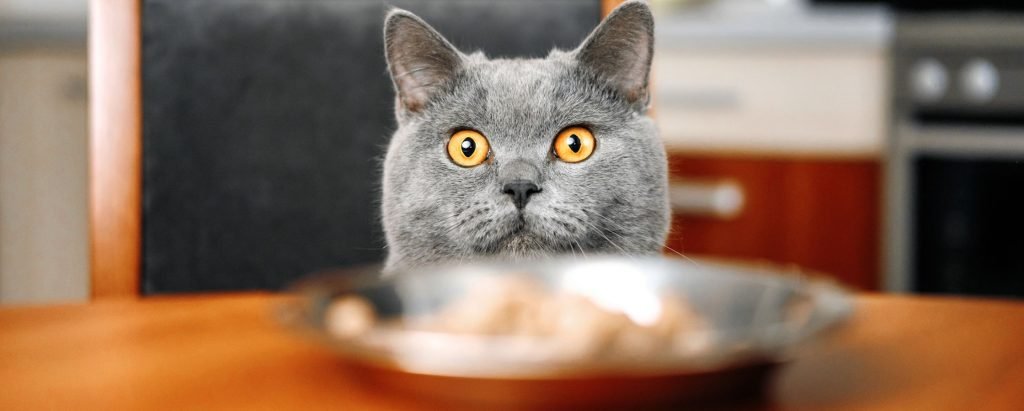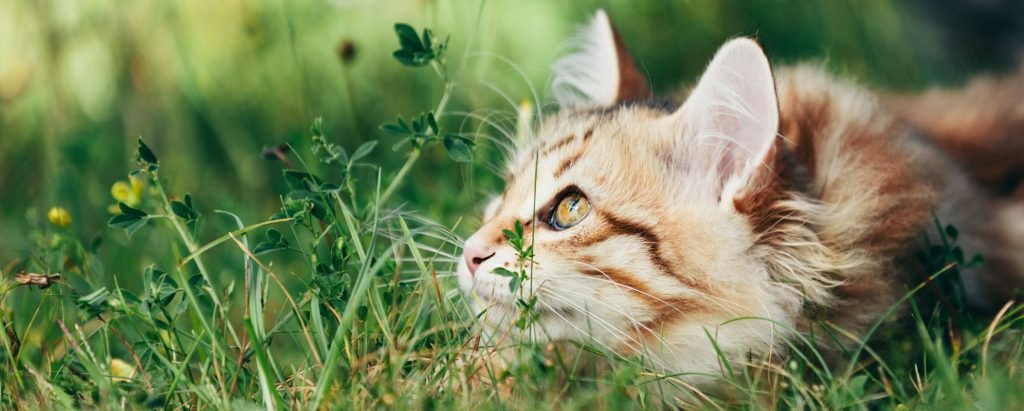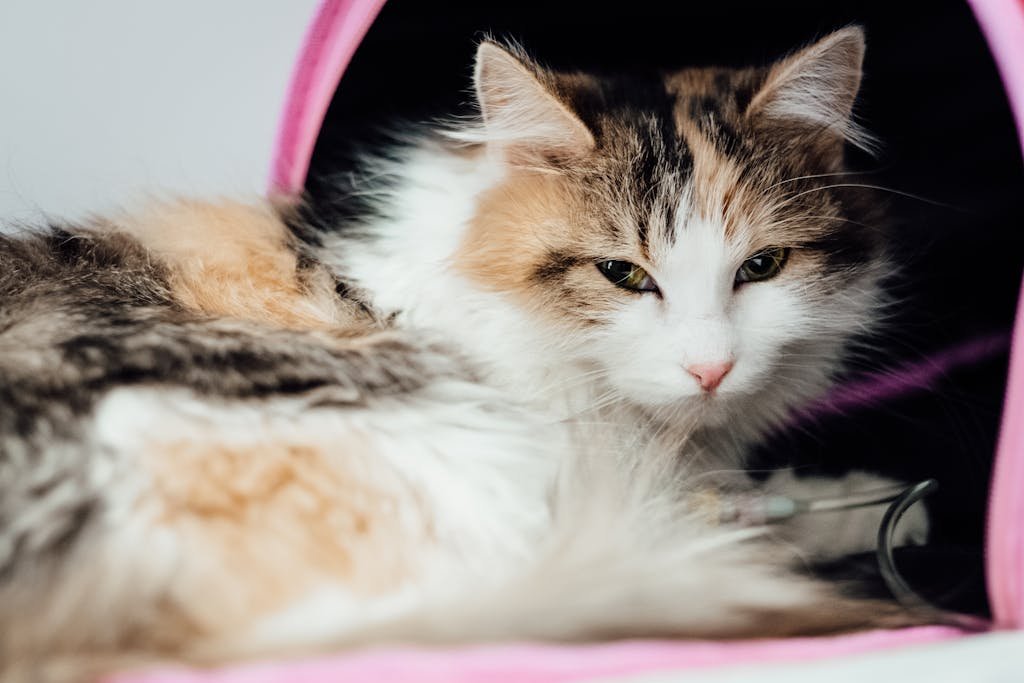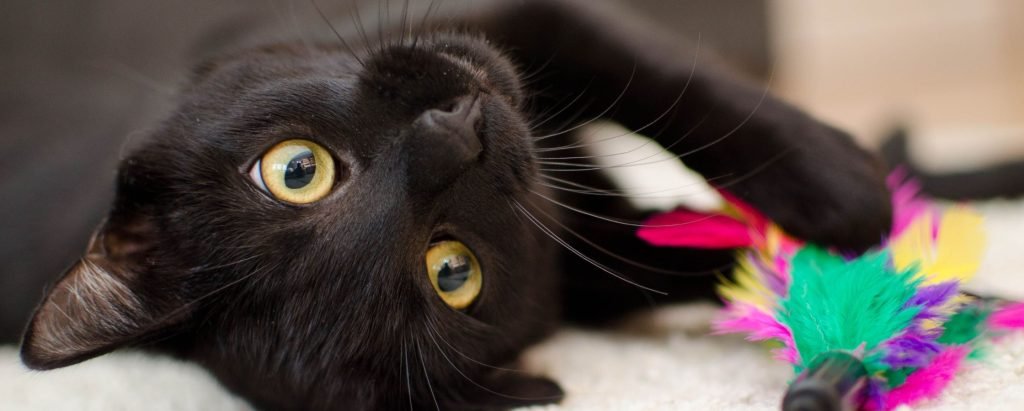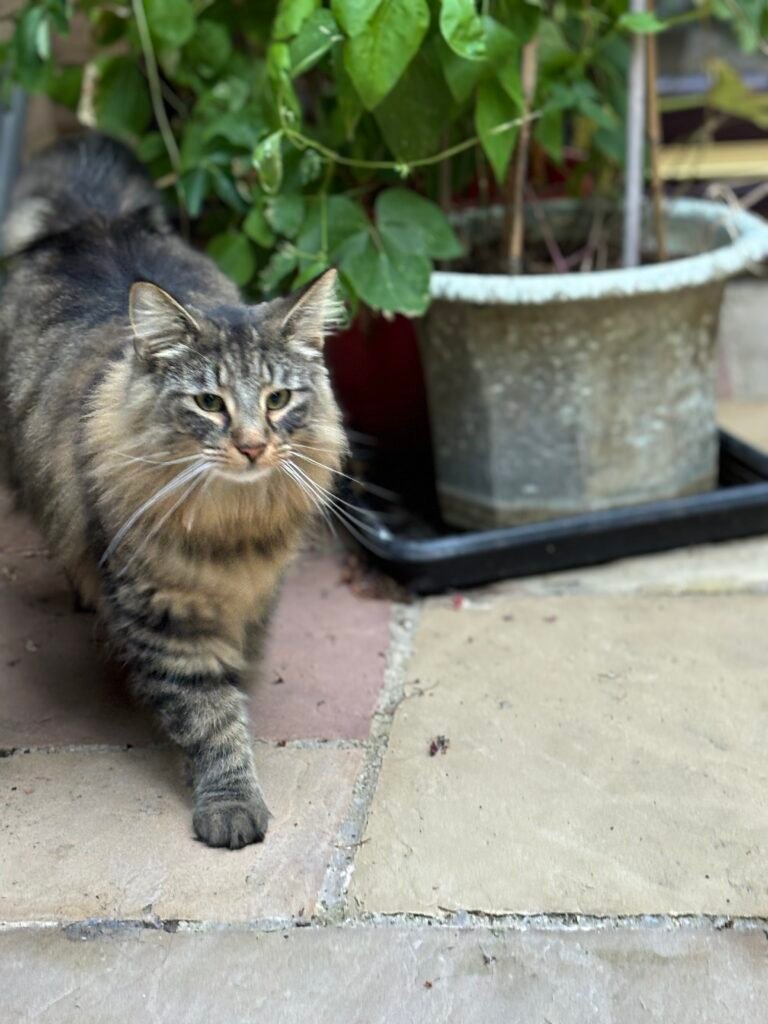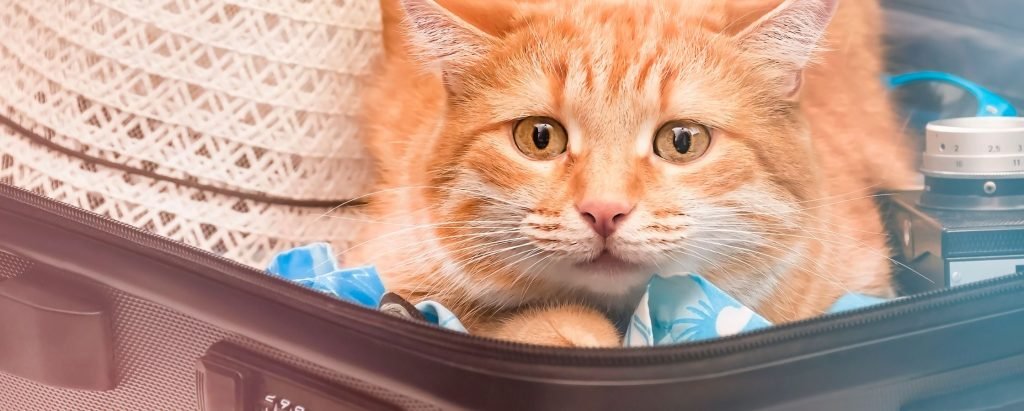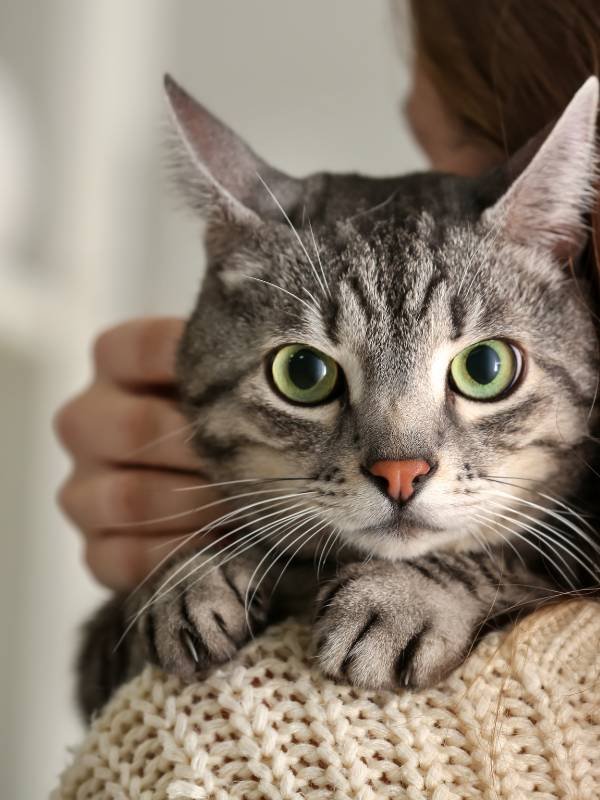How to Manage Excessive Shedding in Cats – A Proper Care Guide
Cats are animals that connects deeply with humans and they are lovely companions but how do you manage excessive shedding. According to recent data, approximately 11 million cats live in homes across the country [PDSA, 2023]. Clearly, cats are widely popular. Moreover, the cost of pet care in the economy is skyrocketing, amounting to a whopping £10 billion annually on their furry friends.
Shedding is a common issue many cat parents deal with. While shedding is a natural process, some cats shed way more than others and this could sometimes be annoying, unhealthy or a sign of a bad grooming record.
The Science Behind Shedding in Cats
Shedding is a natural process that removes old or brittle coats. Some breeds shed more than others. Diet or underlying health problems can influence a cat’s shedding cycle. In cats, seasonal shedding may take place, particularly in the spring and fall when they shed their winter or summer coats respectively.
Shedding Differences Among Cat Breeds
Different cat breeds have varying shedding tendencies. For instance:
- Persian and Maine Coon Cats: They have long, thick fur, so they require grooming to control the amount shed.
- Sphynx: They usually have little or no fur, but frequent baths become mandatory because of the secretion of excessive oil from their skin.
- Siamese and Bengal Cats: These short-haired cats shed the least and, thus, require grooming at regular intervals.
- Ragdolls: They are friendly cats with medium hair and only moderate shedding. They greatly enjoy being brushed.
- Norwegian forest cats. They have a very thick, two-layer coat that sheds heavily, especially during the warmer months.
- British Shorthair Cats: They have an immensely dense and plush coat that sheds seasonally, so it is advised to brush them regularly.
- Abyssinian Cats: They have smooth fur and shed very little compared to other breeds.
- British Shorthair Cats: They are adored for their dense, thick coats and frequent shedding, which can be bad for their fur and thus require regular brushing.
Common Causes of Excessive Shedding in Cats
Several factors contribute to excessive shedding in cats, including:
- Poor Diet: A deficiency in vitamins and minerals could cause a weaker follicle or shedding fur outbreaks.
- Allergies: Food or environmental allergies may lead to skin irritation, which can also cause excessive coat shedding.
- Parasites: Fleas, mites, and other external parasites can cause skin diseases that may result in excessive hair loss.
- Stress and Anxiety: When cats feel stressed, they over-groom, thinning their coats and losing fur.
- Medical Conditions: Hormone problems, infections, and illness can lead to excessive shedding.
- Breed and Age: Some breeds naturally shed more than others, such as Persians and Maine Coons. Older cats also shed more due to skin and coat follicles that are older.
Effective Strategies to Minimise Shedding
Shedding can be controlled by a combination of grooming, diet, and health practices. The following are some effective methods:
1. Routine Grooming for Shedding Control
Regular grooming can help to a great extent in minimising the shedding of hair by the cat. Brushing will collect the loose fur and thus prevent it from spreading onto furniture and clothing.
Brushing also distributes natural oils, giving the coat a healthier and shinier appearance. Brush your cat at least three or four times a week or daily, for cats with long hair.
2. Nutritional Choices for a Healthy Coat
To maintain a healthy coat of your feline companion, properly balanced nutrition is key. The best cat food is one that provides a protein source combined with the omega-3 fatty acids and vitamins for better fur quality and lower shedding.
Use lean protein like Chicken, turkey, and fish promote healthy skin and minimize excessive shedding.Ensure your cat gets sufficient water to avoid dry, flaky skin.If your cat’s diet lacks essential nutrients, use vet-approved supplements for skin and coat health.
Veterinary professionals specializing in pet nutrition often recommend customized diet plans to improve coat health. Those looking for veterinary jobs in nutrition and dermatology can make a significant impact on pet health by helping pet owners choose the right diet for their furry companions.
3. Reducing Stress to Prevent Excessive Shedding
Like every other animal, cats can be sensitive at times, but stress can also result in excessive grooming and shedding. A stable and comfortable environment always helps reduce excessive shedding, which stress can otherwise trigger.
Some of the stress management methods are:
Creating hiding places and comfortable resting places, having a regular daily routine, utilising pheromone diffusers to provide a calming environment and playing with your cat using interactive play to calm anxiety.
4. Protecting Against Fleas and Parasites
Regularly taking your pet to a vet for checkups and giving it preventive medications can avoid the problems caused by fleas and mites that sometimes lead to heavy shedding. Consult your vet for flea treatments and keep your home clean and pet-free to avoid infestation as much as possible.
5. Environmental Adjustments For Managing Shedding
Your house can influence your feline’s shedding. Let’s consider the following as well:
- Run an air purifier of known or trustworthy brands to get the best air purification.
- You can keep your home at an even temperature, so that you don’t have to deal with too much bothering seasonal shedding.
- Wash your cat’s bedding and toys regularly so that the accumulation of dandruff would be minimal.
Seasonal Shedding and How to Handle It
As seasons change, so does a cat’s shedding since it is time for its summer and winter coats to alter. More frequent brushing during these times will help manage the surplus fur and reduce hairballs. Use an air purifier to cut back on airborne fur in your house as well.
Additional Tips to Reduce Fur Shedding
- Bathe Your Cat Occasionally: Cats clean themselves with their rough tongues, but an occasional bath with a feline-specific shampoo can remove the loose fur.
- Use a High-Quality Lint Roller: It serves as a barrier so that cat fur doesn’t cover your clothes or other similar items.
- Regular Vet Visits: Regular examinations can help know the health issues that directly cause excessive shedding.
- Vacuum Regularly: Reducing loose fur in your home prevents accumulation and allergens.
- Provide Omega-3 supplements: They improve the coat’s texture and reduce shedding.
- Ensure proper hydration: Proper hydration supports skin and coat health, reducing dryness and brittleness.
Final Thoughts
Shedding is a natural part of being a cat, but that doesn’t mean your sofa has to suffer. With the right care routine, a balanced diet, and regular vet check-ups, you can help your feline friend maintain a healthy coat and minimise the mess at home.
And if you’re ever unsure whether your cat’s shedding is normal, a quick chat with your vet can help put your mind at ease.


